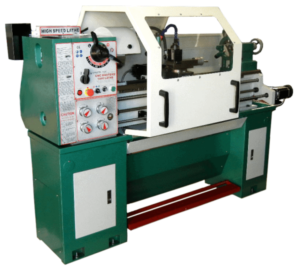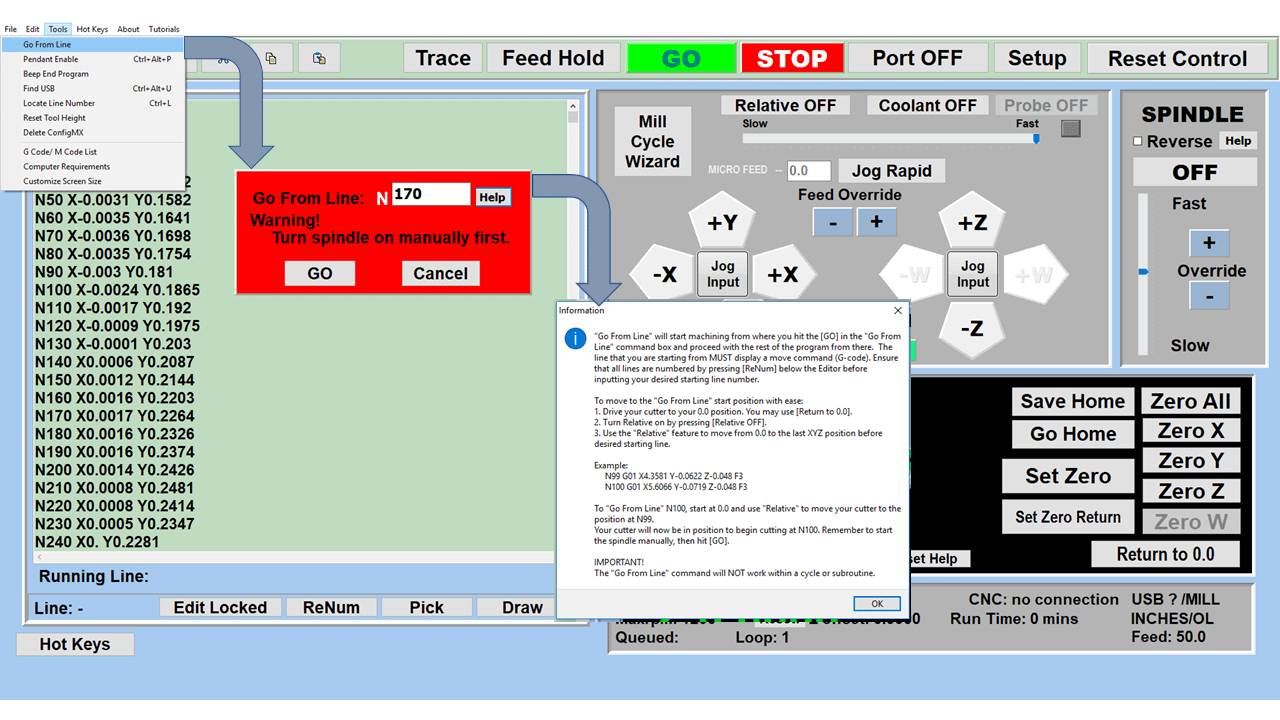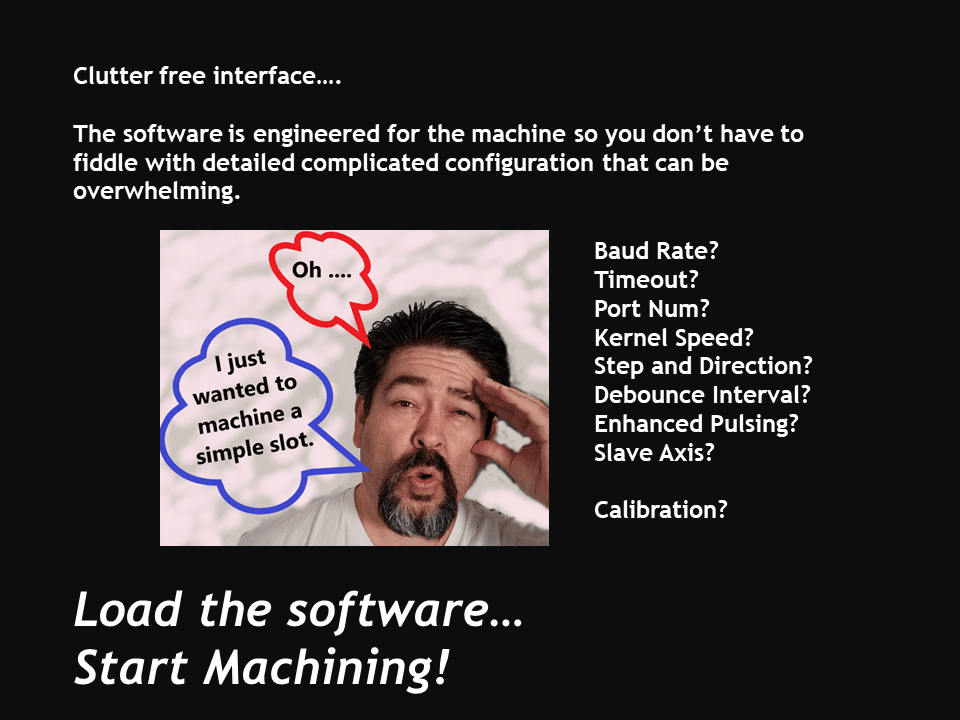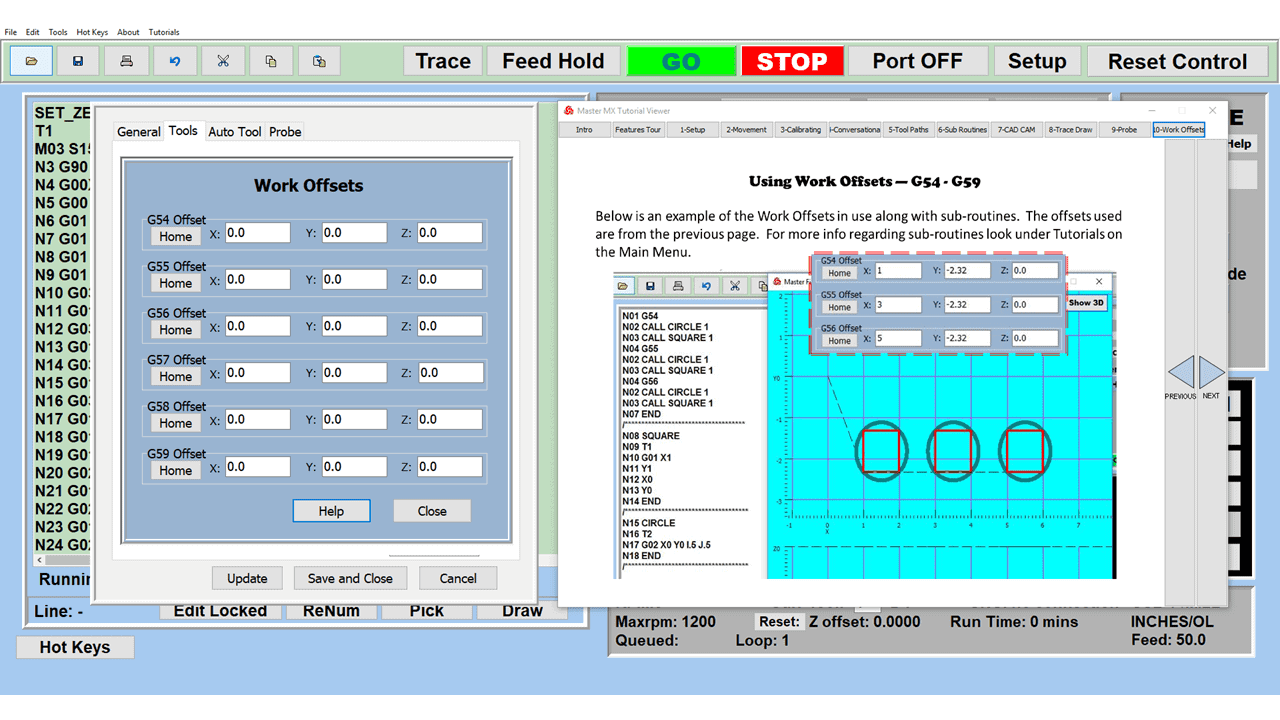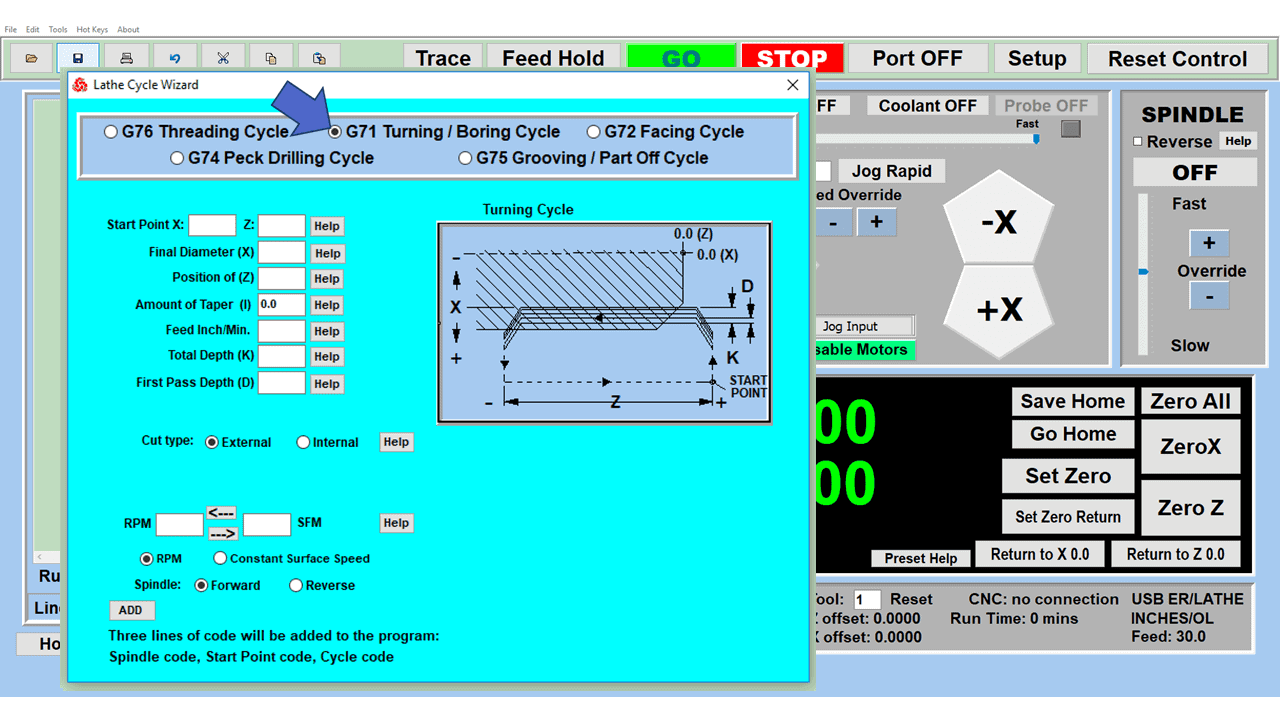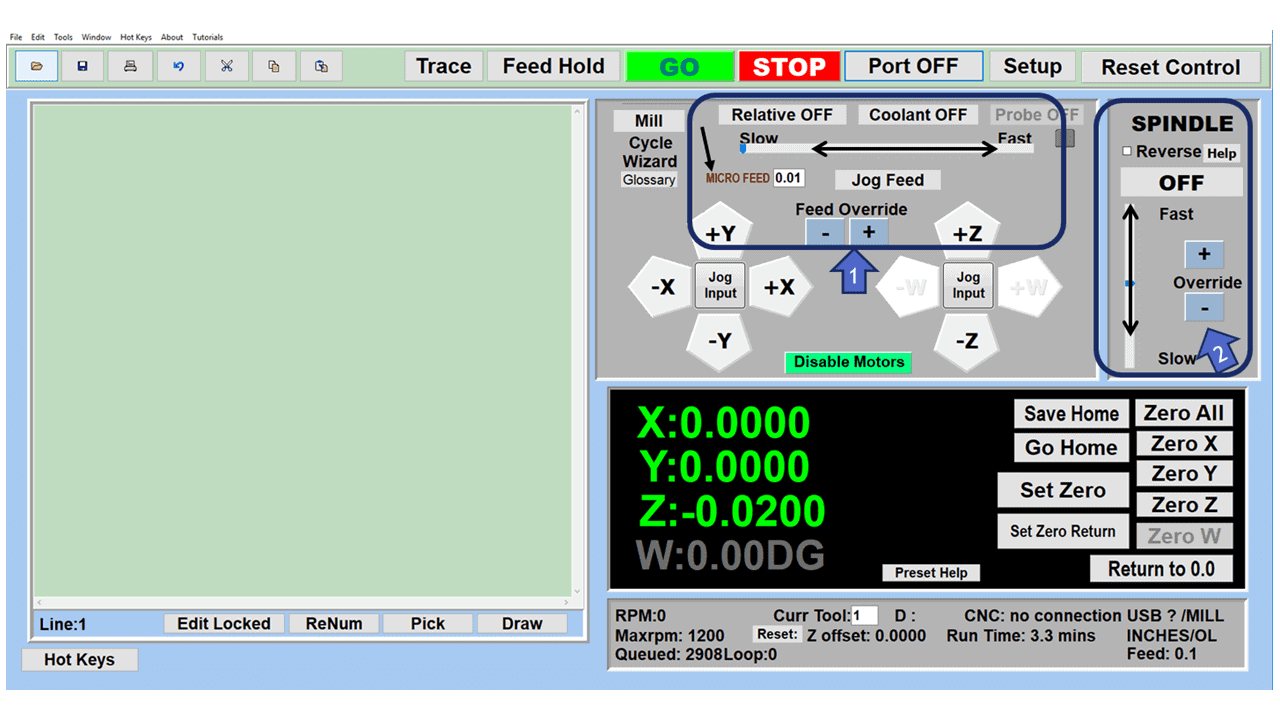After reviewing the drawing with the engineers and designers, you verified the dimensions and double-checked the features. You’ve asked the team if they have any flexibility and explored every option. However, that +/-0.0005” tolerance (or tighter sometimes) is required, and now, you have to send the drawing to the machine shop to produce the precision parts. Here are some tips for maintaining those tight tolerances.
What is Tight Tolerance in Machining?
Tight tolerances in machined parts refer to the narrow limit within which a machinist or machine operator can maintain the physical dimension of a part during conventional or CNC machining. Achieving these precise measurements is critical for the functionality and compatibility of the finished product, especially in fields such as aerospace, medical, and automotive industries, where even the slightest inconsistency can lead to catastrophic outcomes.
However, achieving tight tolerances is complex and challenging, requiring machinery advancements and skilled operators. Important factors such as the type of material, machining process, and cutting tool selection can all affect the ability to maintain tight tolerances. Proper planning and a thorough understanding of machining processes are essential to produce metal parts within the required specifications successfully.
What are the Benefits of Tight Tolerance Machining?
Maintaining tight tolerance parts during machining is critical for various reasons, the foremost being improved product performance. The process ensures repeatability with each finished part being identical to the original design, resulting in consistent quality. As mentioned, in specific industries, high precision is a non-negotiable requirement, as even the slightest deviations can lead to severe consequences, including failure of the component or the entire system.
Another significant advantage of maintaining tighter tolerances lies in cost-effectiveness over time. While achieving the tightest tolerances through precision machining might require extra time and resources initially, it significantly reduces the chances of rework and waste, lowering manufacturing costs in the long run. Moreover, it enhances customer trust and satisfaction by delivering superior products that meet or exceed expectations, strengthening customer relationships, and ensuring sustained market presence.
10 Suggestions for Achieving Tight Tolerances with Your CNC Machining Services
1. Do the machining in a temperature-controlled shop
CNC machine tools are sensitive to drastic temperature changes, so it’s important to control the temperature in a CNC machine shop if you want to maintain tight tolerancing and produce precise parts. Many shops keep their CNC mills and lathes in a separate room to have better control of the environment.
2. Keep all CNC machine tools on the first floor
Some CNC shops locate their machines on the second floor or higher, often because space is less expensive on these floors. However, if at all possible, put the machines you expect to hold the tightest tolerances on the ground floor. When the CNC machines are operating, they create a lot of vibration, and it gets worse farther away from the ground, making it practically impossible to produce precision CNC parts with the required surface finishes.
3. Hire skilled operators
Hiring skilled operators for a CNC shop offers numerous benefits that significantly enhance productivity and manufacturing quality. These operators understand machine functionalities comprehensively, ensuring precise and consistent production, directly translating into high-quality output and closer tolerances.
4. Use quality CNC machines
High-quality CNC machines are renowned for their exceptional ability to hold tight tolerances, a critical factor in precision manufacturing. The superiority of these machines lies in their advanced technology and meticulous design, which ensure exceptional accuracy and repeatability during operations. Their precise movements, controlled digitally down to the smallest unit of measurement, leaves little room for errors, even in complex parts and intricate part designs. Furthermore, high-quality CNC machines are resistant to thermal expansions and vibrations, which are common causes of deviations in manual or lower-quality machines. Thus, they can consistently produce parts that match the specified dimensions, contributing to manufacturing processes’ overall efficiency and quality.
5. Balance the machine’s tool holders
Many tool holders are available in the market, with prices ranging from $30 to $500, and the dynamic balance of the tool holder is essential for accurate machining. Unbalances are caused by misalignment, asymmetrical rotor design, concentricity errors, and other factors, leading to less accurate parts. Typically, a professional balancing service should balance your tool holders, although some holders provide easy adjustment by adding weighted rings that can offset the unbalance.
6. Choose the right cutting tools
Quality cutting tools are vital in maintaining tight machine tolerances, ensuring the precision and accuracy of machining operations. High-quality cutting tools are designed to withstand the rigors of machining, reducing wear and tear and maintaining their sharpness over time. Excellent cutting tools lead to consistent material removal rates, enabling machinists to hold tight tolerances throughout the tool’s lifespan. Furthermore, these cutting tools minimize the need for frequent tool changes or adjustments, increasing productivity and reducing potential errors. Therefore, investing in quality cutting tools is essential for any machining operation requiring a higher degree of precision and reliability.
7. Use good material suppliers
Reputable material suppliers are paramount to maintaining high standards in CNC machining. Quality raw materials form the foundation of the machining process, directly influencing the final product’s durability, performance, quality, and longevity. Suppliers with an established reputation typically provide materials meeting industry standards, ensuring minimal manufacturing defects, consistent material properties, and, ultimately, a reliable end product. Their adherence to set quality controls and regulations provides the integrity of the machining process. It minimizes potential downtime due to material-related issues, thereby maintaining CNC operations’ overall efficiency and productivity.
8. Ensure you’re using high-end programming software
CNC programming software is pivotal in maintaining close tolerances in manufacturing processes. Its high precision and repeatability ensure that every output aligns with exact design specifications, minimizing potential deviation during production. This level of conformity is crucial in industries such as aerospace, automotive, and medical technology, where even the slightest discrepancy can have significant consequences. Furthermore, CNC programming software allows for complex and intricate design patterns that would be challenging to achieve manually, enhancing the scope of possible manufacturing outputs. This software, therefore, not only guarantees quality control but also broadens the horizon of design possibilities.
9. Choose experienced engineers and designers
Experienced engineers play a crucial role in the field of close-tolerance machining. Their extensive knowledge and technical skills are instrumental in producing components with extremely tight tolerances, which demands precision and a deep understanding of the intricacies of machining processes. These engineers can anticipate potential challenges and devise strategies to overcome them, ensuring the production of high-quality, accurate parts. Their expertise also contributes to production efficiency, reducing waste and saving time, which can significantly impact an organization’s bottom line. Ultimately, experienced engineers are the cornerstone of achieving excellence in close-tolerance machining.
10. An excellent quality control department
An experienced control (QC) department plays a critical role in ensuring the success of close-tolerance machining. Using quality inspection methods and measurement tools throughout the production process, QC can ensure that each workpiece meets the precise dimensional accuracy required by close-tolerance machining. This level of precision is essential to guarantee the optimal functionality of machined metal and plastic parts. QC also aids in identifying any process deviations promptly, allowing for immediate corrective action and preventing resource wastage. Therefore, a competent quality control department is essential for maintaining the integrity of close-tolerance machining operations.
Q and A’s on Tight Tolerance Machining
Should machine shops have CNC machine tools calibrated regularly?
Calibrating CNC machines is pivotal to maintaining precision in the manufacturing process. The process ensures that the machine’s output aligns accurately with the input specifications. Over time, various factors such as wear, temperature fluctuations, or mechanical strain can cause deviations in machine performance. Regular calibration checks help to detect these changes early, mitigating the risk of errors that could lead to substandard products or waste of valuable resources.
Does a CNC machine warmup affect close-tolerance machining?
Performing a warmup routine for CNC machines is critical to maintaining close tolerances and ensuring the ultimate precision of the machining process. As CNC machines heat up during operation, the thermal expansion can cause minute but impactful dimensional changes in the machine components. These changes can result in inaccuracies in machining, disturbing the precise tolerances. A warmup routine ensures that the machine reaches a stable temperature before production, avoiding the effects of thermal expansion and providing the desired precision throughout the manufacturing process.
Where can you find CNC machines (at a reasonable price) that can maintain tight tolerance dimensions?
CNC Masters offers a variety of competitively priced, high-quality CNC machine tools designed for precision and ease of use. Their flagship offerings include the CNC Jr. Table Top Mill and the CNC Supra Vertical Knee Mill, allowing users to cut various materials with precise control. The CNC 1340 Turning Center, on the other hand, is a high-performance lathe machine capable of performing complex turning operations. All these models incorporate advanced features such as automatic tool changers, touch-screen controls, and compatibility with CAD/CAM software, making them a top choice for hobbyists and professional manufacturers.

